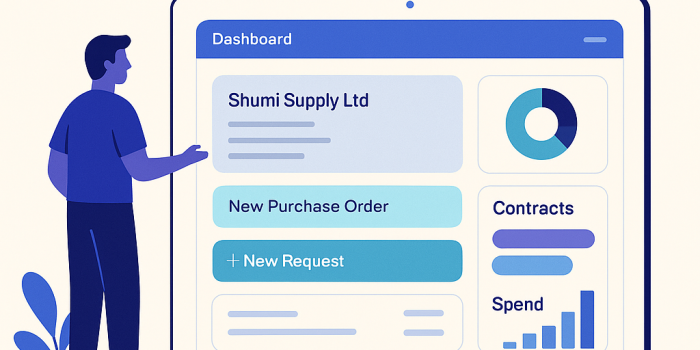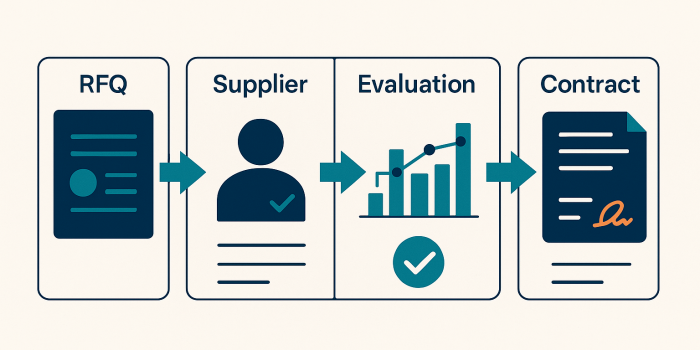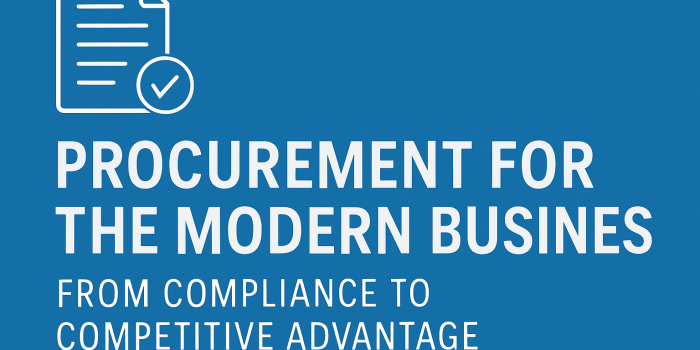Don’t Gamble With Your Chance To Win Tenders – Price It Right!
All seasoned entrepreneurs understand that it takes a mix of experience, research and, at many times, outright gut feeling to know whether the cost you have put in your bid proposal gives you the best chance of winning the job.

The pricing of your tender is one thing that can make or break your bid submission. Unfortunately (or fortunately) there can never really be a straight answer because every tender is different.
Below is a useful checklist to help you review and optimize your pricing strategy based on several important issues that procuring entities always look out for.
1. Understand the Type of Tender and Their Pricing Structure
Make sure you’ve read the tender instructions on the expected Financial Response and understand what it is the procuring entity is looking for. There are different ways in which costs can be provided within a proposal depending on the type of tender being responded to. The most common tender types are:
- Request for Proposal (RFP) – The structure for submitting the cost varies based on the category under which the RFP is issued and may include a breakdown of costs based on man-hours, project-based, deliverables, etc
- Request for Quotation (RFQ)- Quotation templates are usually provided and bidders are required to fill in the cost within the templates. This can be based on deliverables or the supply of actual items/goods, etc.
You can find out more about the types of tenders on the Help Center section within your account. It is important to understand that if the price you put forward doesn’t meet the financial response criteria – your tender will NOT have a chance of winning.
2. Only Bid For Tenders You Can Win
Filter down to and choose only the right tenders for your business and ignore everything you feel doesn’t fit. If the RFP is asking too much of your business or if you don’t think you can win it – don’t waste your time and effort responding to it.
If a tender sets out a budget or rates that are unprofitable for you, don’t be afraid to walk away and let someone else take the risk instead. This is a much smarter business move than buying the work or posting ‘suicide bids’ for the sake of getting the job.
3. Seek Clarification; Provide Explanation Where Needed
Not all tender pricing schedules are very clear or fully make sense to the bidders and this could be due to even a simple error by the procuring entity side. If this is the case, it’s always advisable to seek clarification from the tender issuing office within the allowed time-frame.
Explaining is NOT about giving caveats or making qualifications with regards to the price but more about helping the evaluation team to understand how you have priced your financial proposal. If there’s something else you can add that’s included in the price then let the procuring entity know the value and benefits of your business compared to your competitors. For example, whether it’s a one-hour free training for the client’s staff once the project is delivered.
4. Pay Attention To The Details In Your Tender Pricing
If your business has suppliers or subcontractors, confirm the prices of goods with your suppliers and contractors, as prices may change (also due to increases in fuel prices or exchange rate fluctuations).
For those supplying Goods to the Government of Kenya, Scale provides the latest Market Price Index as published by the Government of Kenya. This helps to guide on the allowed maximum price the Government can pay depending on your location.
Always provide your cost using the correct currency as requested for in the price schedule. If using foreign supplier or bidding in a foreign currency, be very cognizant of the exchange rate of when you are preparing the response as well as the date of the tender opening. This can have a significant impact on your margins.
Finally, it’s important to check if the pricing required includes or excludes taxes such as Value Added Tax (VAT). It’s a simple thing but if you get it wrong you could lose the bid because your pricing is 16% higher than you meant it to be or you could win the bid and instantly lose about 16% of your revenue.
After all is said and done, the question about ‘what is the correct tender pricing’ can only best be answered by you and your team as you have more knowledge on your direct/indirect costs of doing business, your competition and your internal approach to costing that ensure profits are factored in every pitch submitted.
Happy bidding!








